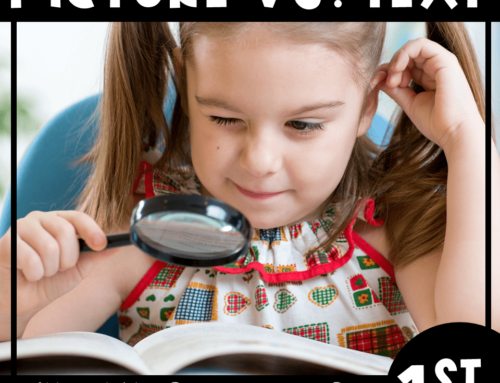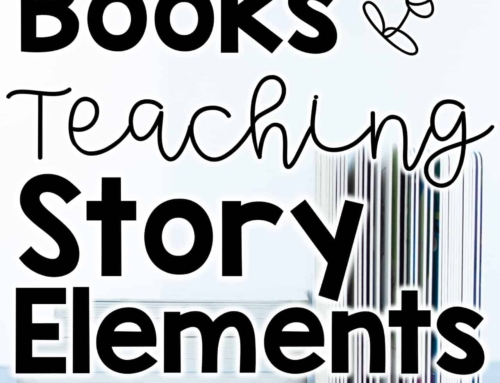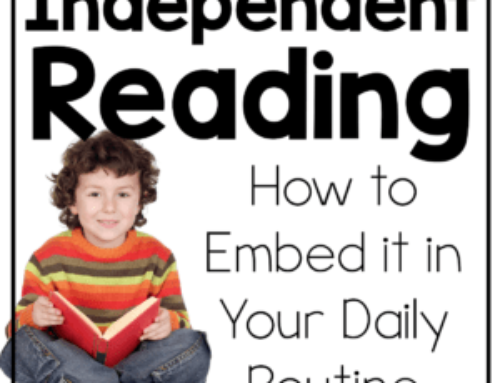Here in the south, it is JUST beginning to get cool. I can finally pull on some jeans without sweating to death! It is heaven! I love teaching seasonal topics because they are engaging and fun. Students love fun activities and learning about the many seasonal topics. The problem with teaching anything seasonal is  making sure that it is also standards-based and follows any district, state, or school curriculum map. That just SOUNDS like no fun. Cue the sad trombone: whomp, whomp, whomp. However, I have picked from of my TOP favorite fall or seasonal books that CAN be used to teach the standards AND engage students. These books are not holiday specific, so all children should be able to participate. Even better, with these quality texts, MULTIPLE standards can be hit all with the SAME text! Now that is a win/ win!
making sure that it is also standards-based and follows any district, state, or school curriculum map. That just SOUNDS like no fun. Cue the sad trombone: whomp, whomp, whomp. However, I have picked from of my TOP favorite fall or seasonal books that CAN be used to teach the standards AND engage students. These books are not holiday specific, so all children should be able to participate. Even better, with these quality texts, MULTIPLE standards can be hit all with the SAME text! Now that is a win/ win!
Please note that all these links are Amazon affiliate links. I may earn a small commission at no extra charge to you! It helps to keep this little blog going!
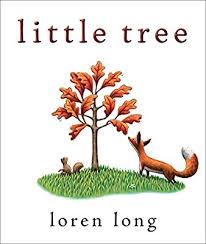 The Little Tree by Loren Long
The Little Tree by Loren Long
Summary: This sweet story by Loren Long is adorable. It is about a little tree that does not want to let go of its leaves in the fall and holds them close. It watches the other trees around it lose its leaves, and grow more. The seasons pass as little tree holds on to its leaves and stays little until the other trees are much taller now around him. Finally, little tree learns to let go and begins to grow and grow.
Teaching Points:
- Clear problem and solution
- Clear character response to the events with the tree refusing to let go of his leaves even after several characters ask him why he will not let them go.
- The events are clear and would be perfect for students to complete a written recount if they have not had much experience with written recounts.
- The clear storyline and story elements would lead to a nice introduction to beginning middle and end.
- Although the lesson is implied, it would be a great story to discuss what lesson the tree learns about letting go and how we can apply it to our own lives.
- Illustrations tell more about the story and show how the tree grows when it finally lets go of its leaves
Common Core Standards Addressed
- RL.2.2
- RL.2.3
- RL.2.5
- RL.2.7
 Fletcher and the Falling Leaves by Julia Rawlinson
Fletcher and the Falling Leaves by Julia Rawlinson
Synopsis: This is another feel-good story. Fletcher is a sweet little fox that is worried about his favorite tree. As autumn approaches, it begins to turn brown and lose leaves. His mother tells him it is fine, but Fletcher still worries and tries to help save the tree’s leaves. He tries many different ways to help- even catching them and tries to tie them back. Nothing works. He sadly takes the final leaf that fell home with him. The next day he wakes to see his favorite tree beautiful again, but this time covered in shimmering ice sparkles.
Teaching Points:
- The story is engaging and perfect for questioning before and during reading. The ending is open enough for students to be able to ask questions after reading the text as well.
- Clear problem, but the solution is more implied. This is perfect for taking the students to a deeper level of thinking after reading books with explicit solutions (ie Little Tree)
- Clear character response to the events with Fletcher trying new things each time to tree loses leaves.
- Fletcher has a different point of view than the characters around him such as his mother and the animals taking the leaves. This would be a great way to teach point of view, and also how a point of view affects dialogue and the voice since the characters speak.
Common Core Standards Addressed
- RL.2.1
- RL.2.2
- RL.2.3
- RL.2.5
- RL.2.6
 The Spider and the Fly by Tony DiTerlizzi
The Spider and the Fly by Tony DiTerlizzi
Synopsis: This poem is based on the work of Mary Howitt. It is a poem about a spider asking a fly to “join him in his parlor.” It was a 2003 Caldecott Honor book. The illustrations are amazing and add so much to the spooky, dark, mood of the text. Of course, the fly does not listen and is entrapped in the spider’s web. The note from the spider at the end of the book perfect illustrates his point of view.
Teaching Points:
- The poem is written in an aabbcc pattern, where the couplets (2 line verses) rhyme. Students can discuss how the rhyme ( and occasional repeated line) provide a rhythm and beat in the poem.
- This poem is perfect for point of view, especially in the beginning where the fly does not want to join the spider.
- The illustrations are gorgeous and the details of all the dead bugs and ghostly flies are a great warning and foreshadowing for the reader.
Common Core Standards Addressed
- RL.2.1
- RL.2.2
- RL.2.3
- RL.2.5
- RL.2.6
Are you looking for full, engaging and rigorous activities to use these books with? Check out my latest pack, Standards by the Season (Fall Edition)! It is jammed 


 packed with standards-based activities- many that are open-ended and can be used with any text!
packed with standards-based activities- many that are open-ended and can be used with any text!
Get My Best Sellers!
Join the Fun!
Math Centers
Sign up here for Three FREE Differentiated Math Centers to Practice Place Value within 100 or 1,000.
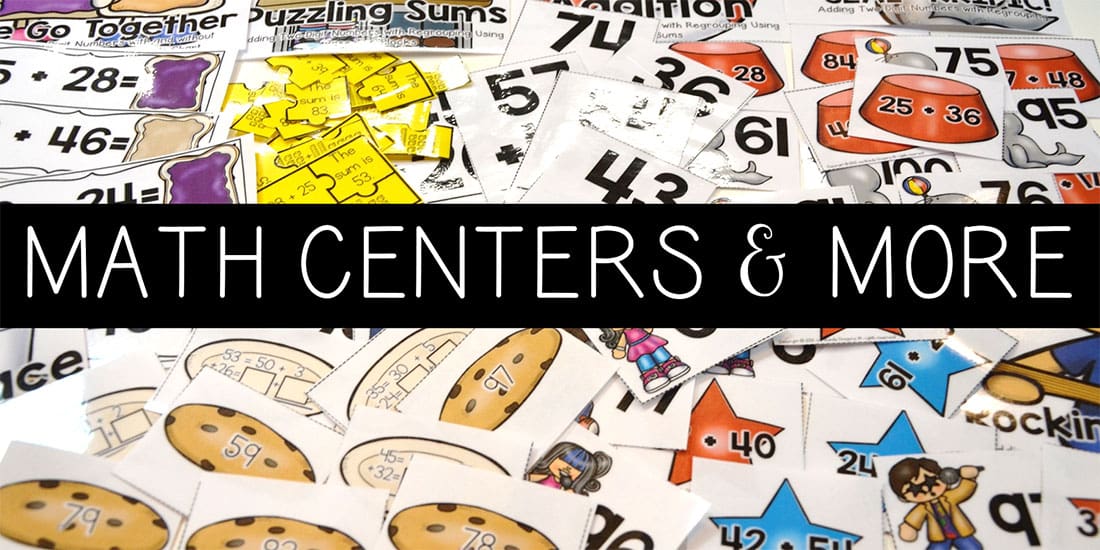
Mandy Gregory is a 2007 and 2012 Teacher of the Year. She has taught Kindergarten- 4th grades in both the general education and inclusion settings. She is currently a 1st grade Special Education teacher. She is the owner and creator of Mandy’s Tips for Teachers website (www.mandystipsforteachers.com) and has over 13 years of teaching experience. She is married with two beautiful children.





